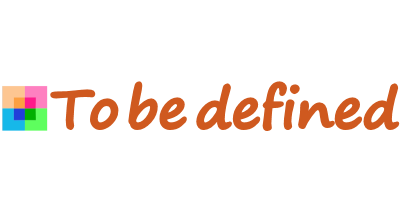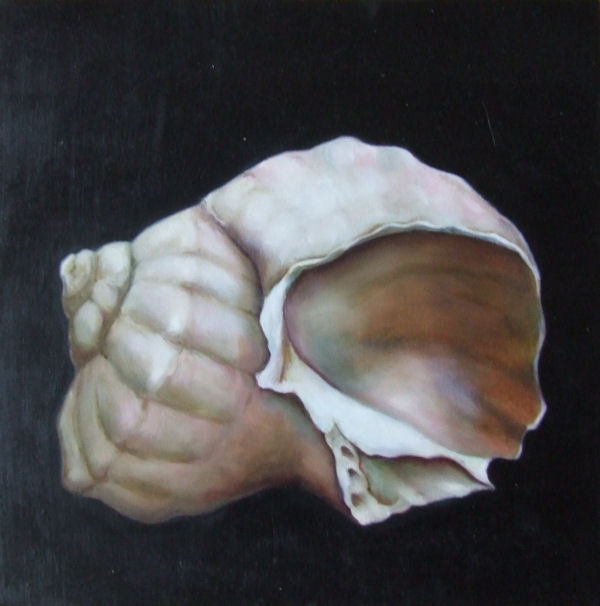Page 1 of 3
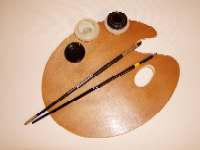 There are now many different types of palettes on the market. Sometimes it's hard to see the forest for the trees. Which palette should you use for which paint? Below is an overview of the most common palettes. There are now many different types of palettes on the market. Sometimes it's hard to see the forest for the trees. Which palette should you use for which paint? Below is an overview of the most common palettes. |
Palettes for Watercolor/Gouache |
Sealable Plastic Watercolor Palette: Ideal for outdoor work. This palette can be sealed to prevent mess during transport. Squeeze paint from the tube into a small compartment and use larger compartments for mixing. Dried paint can be reused.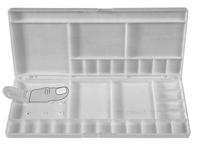 |
Mixing Tray in Traditional Palette Shape: Not very practical for mixing due to the small compartments. Also commonly used for poster paint.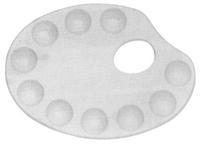 |
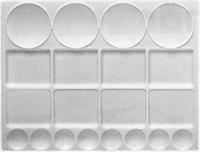 Palette with Various Mixing Trays: Fill small compartments with different colors and use larger ones for mixing. Palette with Various Mixing Trays: Fill small compartments with different colors and use larger ones for mixing. |
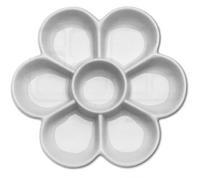 Porcelain Mixing Tray: Unlike some plastic palettes, porcelain doesn't absorb dyes, keeping the palette white. The depth of the compartments allows for mixing larger quantities of paint. Porcelain Mixing Tray: Unlike some plastic palettes, porcelain doesn't absorb dyes, keeping the palette white. The depth of the compartments allows for mixing larger quantities of paint. |
| DIY Tip: Instead of buying a watercolor palette, you can use a white (porcelain) plate. Squeeze paint from the tube onto the rim and mix in the center. Tip: If you want kids to use "expensive" watercolor paint from tubes, put some of each color into a small compartment of a sealable plastic watercolor palette. Let the paint dry before use. This ensures the paint is better diluted and lasts longer. |
